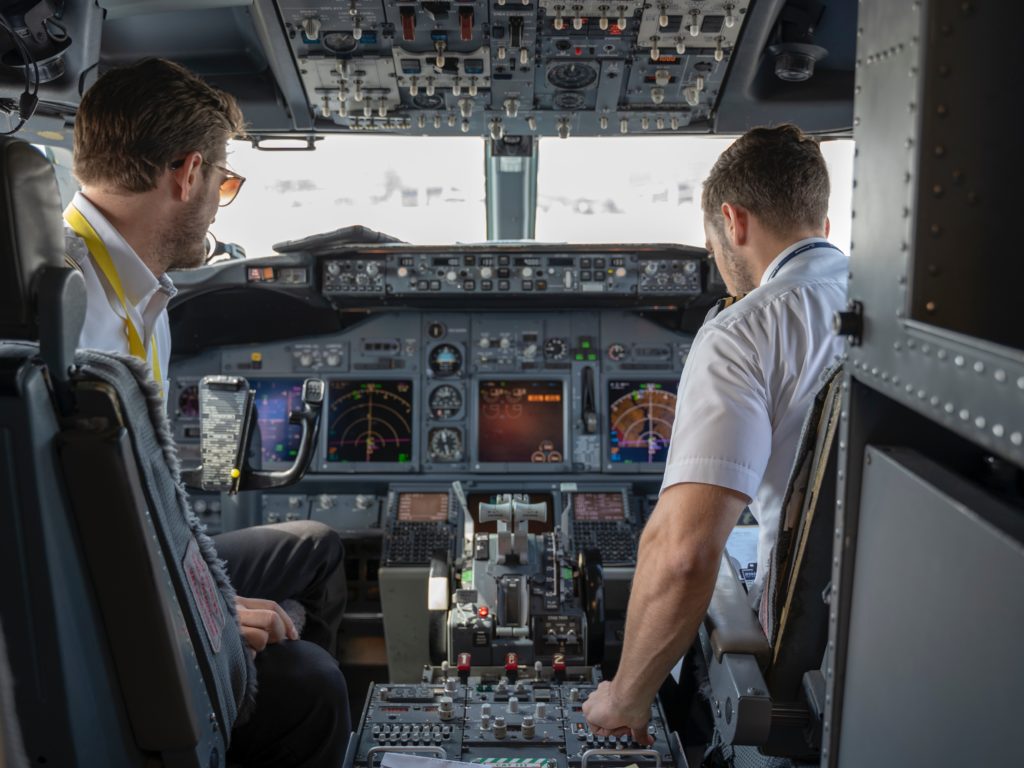
There’s no such thing as the perfect pilot, but simple mistakes while in the air can be dangerous. If you’re a student in flight school or thinking about becoming a pilot, there’s one thing you should never stop doing: practicing. Here is a list of important flight maneuvers you should master so you can fly with confidence.
Emergency Procedures
Being able to adapt to unpredictable situations and work under pressure is essential to being a good pilot. That’s why it’s crucial that you practice emergency procedures while in flight. No matter if you’re taking off, landing, or even in flight, you should always be prepared to immediately take landing. Regularly going through an emergency checklist and knowing each course of action will help you become better prepared for the unexpected. Practicing emergency procedures doesn’t have to happen in the air either, simply knowing each step of your checklist will improve your chances of landing safely in the instance of an emergency.
Better yet, you can practice any emergency situation in the controlled environment of our Redbird Simulator. The Sim allows you to start and stop at your comfort, so you can try an emergency maneuver again and again without burning time or fuel.
Steep Turns
Regarded as one of the more fun maneuvers, steep turns are done at 45-50 degrees of bank depending on whether you’re a private or commercial pilot. Turns should be 360 degrees and done as smoothly as possible while still maintaining airspeed and altitude. You never know when you’ll have to make a steep turn as a pilot, and it’s easy to become panicked if you’re getting ready to land. Mastering steep turns will help you navigate all the better.
Stalls
Stalls are often thought of as a stall in the engine by new students, but it’s actually a loss of lift in an angle of attack, and the airplane is no longer able to fly normally. If you’ve never encountered a stall or have only done practice rounds with your instructor, the first sign of a stall is a noticeable decrease in lift. This can be a bit scary because the nose of the aircraft will start to point down giving the sensation that the plane is falling. Knowing the characteristics of a stall and practicing the necessary procedure to recover is important because it can happen at any given time-departure, cruise, or even landing. Recovery from a stall is different in each aircraft, but it generally involves decreasing the pitch altitude, getting the wings leveled, and increasing thrust.
Go-Around
Go-Arounds usually happen when there’s bad weather or because airports become crowded with busy runways. It’s simply a maneuver to abort an attempted landing and enter back into air traffic, hence the name “go-around.” Knowing how and when to execute a go-around is important for a pilot because sometimes landing the aircraft at a particular moment just isn’t possible. It may seem like landing as soon as possible is a good option, but a good pilot knows it’s best to try again rather than cause an accident.
Our experienced instructors will teach you all of these procedures and more. Again, if you want to practice a maneuver in a controlled environment, talk to your instructor about scheduling time in the Redbird Simulator.
